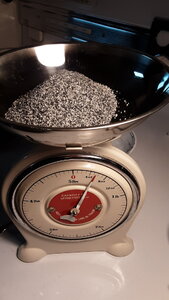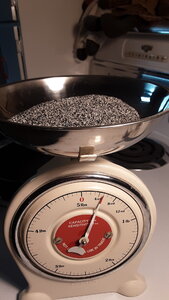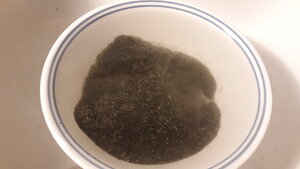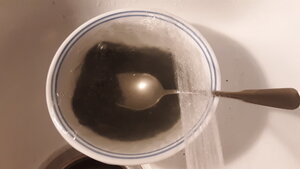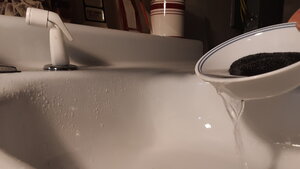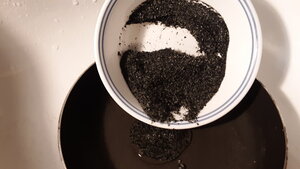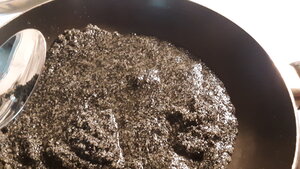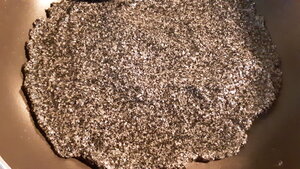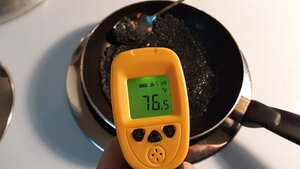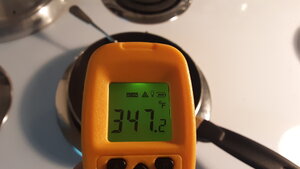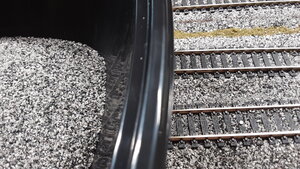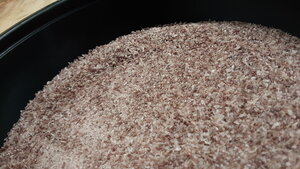MoPac_Eagle
Well Known Member
This will be a work in progress tutorial on how to make your own ballast from real rocks. This is should work for all scales, but I model HO scale, so you may need to change some things. It has been about 3 months since I last did this. I will probably be changing somethings as I work through it again. If you have a better idea of how to do something tell me, and I can try it out. Also, feel free to ask any questions you have.
You will need: (some are left blank for the future)
1. Lots of time
2. Real ballast (found at your local railroad)
3. Lots of buckets (eat more ice cream )
)
4. A stainer for your size scale ( I am in HO scale)
5. Heat source
6. Pan
7. Mallet (not the steam engine)
8. Solid chunk of metal (like an anchor weight or an anvil)
9. Gloves, eye protection, and a mask
10. Big paint brush (to clean off weight)
You will need: (some are left blank for the future)
1. Lots of time
2. Real ballast (found at your local railroad)
3. Lots of buckets (eat more ice cream
4. A stainer for your size scale ( I am in HO scale)
5. Heat source
6. Pan
7. Mallet (not the steam engine)
8. Solid chunk of metal (like an anchor weight or an anvil)
9. Gloves, eye protection, and a mask
10. Big paint brush (to clean off weight)
Last edited:


